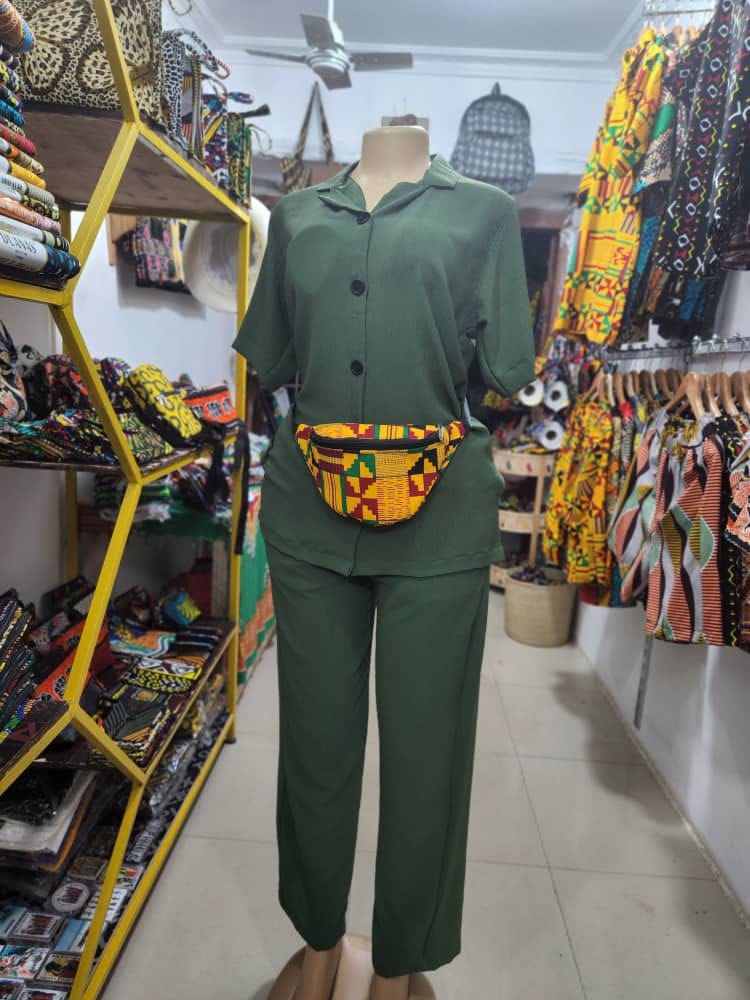Introduction
Swahili, a language with more than 200 million speakers, which originated in East Africa, is one of the world’s 10 most widely spoken languages.
Swahili, also known as Kiswahili as it is referred to in the Swahili language, is a Bantu language originally spoken by the Swahili people, who are found primarily in Tanzania, Kenya, Uganda, Democratic Republic of Congo and Mozambique.
In all, Swahili is spoken in over 14 countries, with the most significant concentrations in Tanzania and Kenya. Other notable countries where Swahili is spoken include Uganda, Burundi, Rwanda, the Democratic Republic of Congo, Somalia, Mozambique, Malawi, Zambia, and the Comoros Islands. Additionally, smaller communities of Swahili speakers can be found in Oman and Yemen, and some Southern African countries like South Africa and Botswana are introducing Swahili into their schools. That means, Swahili had both African and Persian ancestry.
Swahili, which is a mixture of languages from different countries and takes 40% of its vocabulary from Arabic takes around 40% of its vocabulary directly from Arabic. It was initially spread by Arab traders along the eastern coast of Africa.
It was then formalised under the German and British colonial regimes in the region in the late 19th and early 20th Centuries, as a language of administration and education.
And though it has been spoken about before as an alternative on the continent to English, French or Portuguese as a lingua franca, or as a commonly understood language, there is now a renewed impetus to become the continent’s lingua franca.
Under Nyerere, Tanzania became one of only two African nations ever to declare a native African language as the country’s official mode of communication (the other is Ethiopia, with Amharic). In his quest, Nyerere personally translated two of William Shakespeare’s plays into Swahili to demonstrate the capacity of Swahili to bear the expressive weight of great literary works.
The highest political offices in East Africa began using and promoting Swahili soon after independence. It began with Presidents Julius Nyerere of Tanzania (1962–85) and Jomo Kenyatta of Kenya (1964–78) promoted Swahili as integral to the region’s political and economic interests, security and liberation. This is where they began to spread the language of Swahili to other countries.
You Can Also Read: The Sayawa (Zaar) Story During the Pre-Colonial Era
At its recent heads of state meeting, the African Union (AU) adopted Swahili as an official working language.
Swahili is an official language in Tanzania, Kenya, and Uganda. It is also the official language of the East African Community (EAC), which DR Congo is poised to join.
In 2019, Swahili became the only African language to be recognised by the Southern African Development Community (SADC). Shortly after, it was introduced in classrooms across South Africa and Botswana.

Most recently, Ethiopia’s Addis Ababa University announced it would start teaching Swahili.
Also, UNESCO member states declared the 7th of July on the 7th July, 2021 as world Kiswahili Language Day to tell the significant of Swahili to African and the rest of the world. And the first official World Kiswahili Language Day celebration took place on July 7, 2022.
The origin of the date is to mark the remarkable struggles for African independence by the Tanganyika African National Union (TANU) leader and the future President of Tanzania, Julius Kambarage Nyerere adopted the Swahili language as a unifying language for African independence struggles on 7 July 1954.
Some linguists predict that Swahili’s reach in Africa will continue to expand in the continent and beyond because the way other countries are showing interest in teaching Swahili in their country.
One of the prominent researchers of Swahili, Tom Jelpke, at London’s School of Oriental and African Studies, argues that as connections grow across the continent, people will want a common way to communicate with one language.
He believes that its closeness to other languages in east and central Africa will cement its position there. But beyond those regions there may also be an ideological element.
The idea of Swahili as a pan-African language was pushed in the 1960s by Tanzania’s first President Julius Nyerere, who used Swahili to unify his nation after independence.
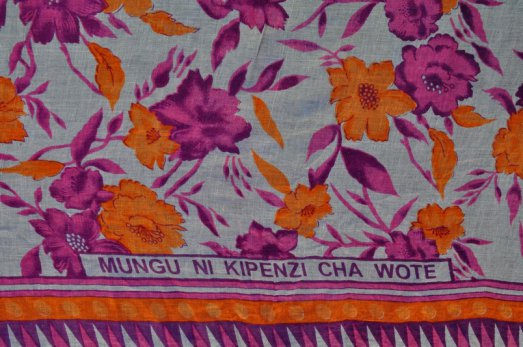
The origins of Swahili
The historical lands of the Swahili spoken begins from the East Africa’s through the Indian Ocean shoreline. A 2,500-kilometer chain of coastal towns from Mogadishu, Somalia to Sofala, Mozambique as well as offshore islands of Comoros and Seychelles.
This coastal region has long served as an international crossroads of trade and human movement. People from all walks of life and from regions as scattered as Indonesia, Persia, the African Great Lakes, the United States and Europe all encountered one another. Hunter-gatherers, pastoralists and farmers mingled with traders and city-dwellers.
Africans devoted to ancestors and the spirits of their lands met Arabs, Hindus, Portuguese Catholics and British Anglicans. Workers (among them slaves, porters and labourers), soldiers, rulers and diplomats were mixed together from ancient days. Anyone who went to the East African shoreline could choose to become Swahili, and many did.
Swahili culture has its root in Bantu linguistic traditions and a vibrant trading economy that included key coastal towns along a 3,000-mile coastline from Somalia to Mozambique. Linguistically, Swahili people are speakers of Bantu language.
Initially, Swahili was documented using Arabic script due to the influence of Islamic culture and trade with Arab merchants, which intensified between the 11th and 13th centuries. The need for written records arose from increased trade and the growing importance of Islam, leading Swahili speakers to adapt Arabic script for their language.
Over time, the Latin alphabet was adopted, introduced primarily by Christian and colonial administrators. Like most of the African countries who accepted Christianity through missionaries, Swahili was not left out. That’s how Christianity come into the Swahili.
The Swahili coast also include encompasses the islands of Mombassa, Pemba, Zanzibar, Mafia and Kerimba and the archipelagoes of the Comoros and Lamu. Trade expanded in this area, as Swahili towns increasingly received contact with traders from across the Indian Ocean.
The Arab traders were of particular influence, but other important partners in trade were the Persian, Indian and Chinese merchants. By 1100, overseas trade occurred frequently, and as trade increased in volume and quality, the Swahili economies benefited with material wealth. Iron trade was prevalent in Swahili towns such as Kilwa, Shanga, and Manda. In addition to material commodities, intellectual ideas were also being exchanged between coastal east Africans and their foreign trade partners. Between 1100 and 1300, Islamization intensified within the Swahili community. By the end of this period, Mogadishu was a center of Islamic learning with three mosques. Wealthy Swahili merchants incorporated trends they observed among the more affluent Arab merchants by integrating clothing, furniture and designs.
Here are some questions usually asked about Swahili
Which country did Swahili originate from?
The Swahili people originate from Bantu inhabitants of the coastline of Southeast Africa, most especially from Kenya, Tanzania, and Mozambique. These Bantu-speaking agriculturalists settled in the coastline at the outset of the first millennium.
What alphabet does Swahili use?
The Swahili alphabet has 24 letters and is based on the Latin alphabet. Unlike English letters the Swahili alphabet does not contain the letters Qq or Xx. These sounds are absent from Swahili language. Is almost related to English comparing almost 24 English alphabet into it. The other main difference is the inclusion of the letter CHch in place of the letter Cc. In addition, unlike the English language, Swahili only has one sound associated with each letter.
The Swahili alphabet is easy to learn because it uses the same alphabet as English. Knowing the basics of the Swahili alphabet is a huge step toward learning Swahili because it’s a phonetic language. That means that if you know the letters, you can read the words and people will understand you. This advantage also lies in the writing system, since the way you write is that is also the way you will pronounce it. In other words, you read what you write.
The Swahili alphabet consists of five vowels and twenty-five consonants, almost like the English alphabet.
The vowels, as we mentioned before, include a, e, i, o, u.
The consonants include b, c, d, f, g, h, j, k, l, m, n, p, r, s, t, v, w, y, z.
The consonants that are missing are q and x.
The additions—ch, dh, gh, ng’, sh, th—are considered consonants because of the unique Swahili pronunciation.
These sounds in Swahili are unique. They pronounced each one differently; however, in most cases, a [ha] sound will cover them. In the pronunciation series, we will talk about them in greater detail, so don’t worry.
For example, the letter Gg always sound like the Gg in Gift never like the Gg in gender.
You also form Swahili words the same way you would English words by putting letters together in certain orders. Swahili shares many words with English. Cognates are similar-looking words with similar meanings. For example, “bag” (begi) and “party” (pate) are Swahili-English and English-Swahili cognates.
If you know Swahili, then Persian, German, Portuguese, English, and French will be easier to understand and learn because they share common roots.
When you are reading this article, remember that to learn Swahili is also easy.
How old is Swahili language?
Many are asking to know how old is the Swahili language that has been accepted in many countries. An argument could be made that this history begins sometime in the 9th century, when Swahili as a distinct spoken language emerged along the coast of eastern Africa from Mogadishu in the north to Sofala in the south. That’s a long way of many years, you know.
Who is the founder of Swahili language?
The exact origin of the Swahili language is unknown because of his wider existence in many countries, approximately over 14 countries. People who are part of the Bantu language and cultural group began widespread migration eastward from the western regions of Africa approximately 3,000 years ago. Swahili has Bantu languages at its core, though Arabic also strongly influenced it.
What is our father in kiswahili?
Baba Yetu literally means ‘Our Father,’ and is a Swahili translation of The Lord’s Prayer. It serves as an overture to Calling All Dawns, blending African choral music with Western symphonic structure, thus beginning our journey of humanity from the support of civilization.
What country speaks Swahili the most?
In fact, Tanzania is the country with the highest percentage of Swahili speakers. Though there the like of Julius Nyerere comes from. This is why it often the first answer to the question “What countries speak Swahili?” Tanzanians often speak Swahili when trading with merchants from Kenya, Uganda, and other East African nations.
Also Read: Bajju History And Origin Of Southern Kaduna Nigeria
Traditional Foods & Meal Patterns
Most tribe or languages in the world especially in Africa, usually identified one food or the other which they are known for. Swahili, who are also not left back have their food with vegetables serve as a staple in Swahili cuisine, with the main sources of protein being fish, chicken, and goat. Rice also serves as a foundation for most dishes and can be utilized in either sweet or savory ways. A well-known Swahili dish is called “Wali Wa Nazi’, which is rice served with coconut milk.
The Swahili culture is known for adding a variety of spices to their foods, including ginger, pepper, and lemon grass.
With the majority of individuals in Swahili culture following the Islamic and Christian religion, pork and alcohol are considered taboo and are not consumed in many Swahili dishes.
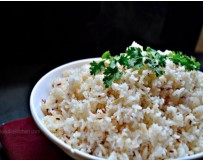
Pictured above is Wali Wa Nazi, a traditional rice dish served with coconut milk.

Other Swahili foods are shown below.

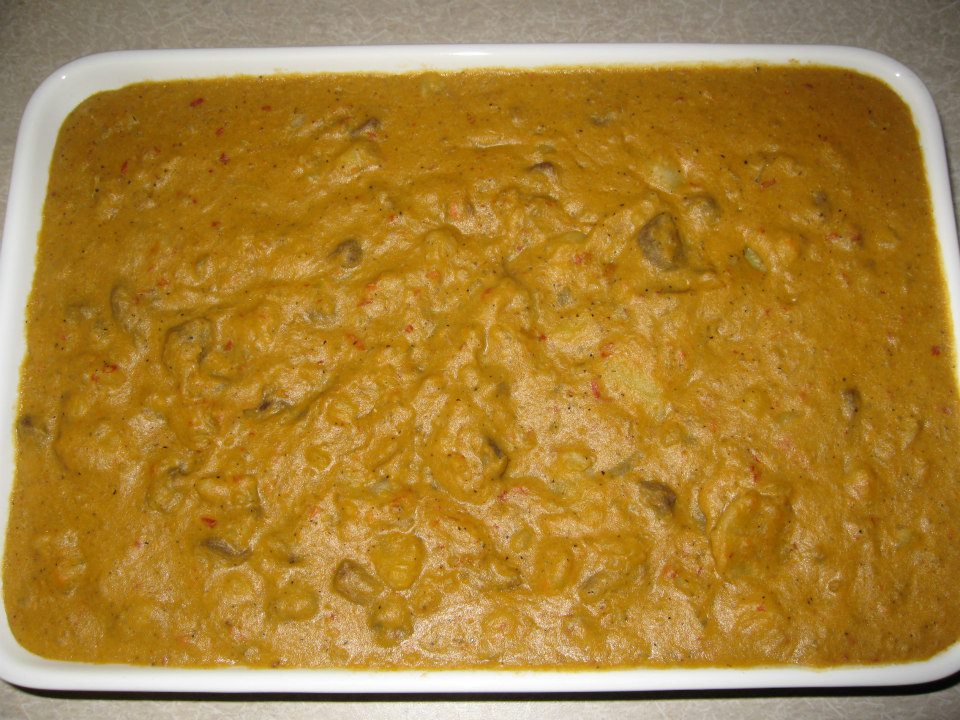
SWAHILI Clothing
The picture below is a group of women in traditional clothing. Women generally wear bright colored dresses, unless they are celebrating a Muslim holiday for those in the Islamic dominated.
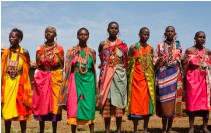
Men of the Swahili culture will dress in western style clothing, consisting of shirts and pants, while women may wear brightly colored dresses. For those who practice the Muslim religion, Friday serves as a day of worship and prayer. On these days men will wear traditional clothing, including a long robe, known as a kanzu, and a small, rounded hat with embroidery. Women typically wear long black dresses, while other women will wear a hijabu; a black cloth that surrounds their head and face. Christian women also wear brightly colored dress and on Sunday, Christian men wear their long clothes and go to church. In fact, Swahili respects the religion they are. Other types of clothing are: Merikani, Lenços and Kanga. Kanga, though there are many different ways to wear kangas. One traditional way of wearing the kanga is to wrap one piece as a wrap, to cover the head and shoulders, and another piece wrapped around the waist. Kangas are also used as baby carriers.

